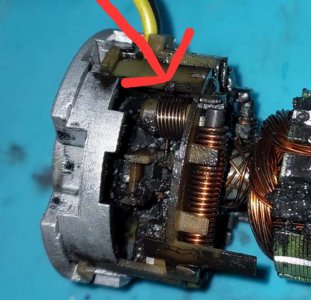- Joined
- Feb 2, 2013
- Messages
- 3,627
Nice save!
I have worked on lotsa different equipment and vehicles.
That’s the first electric hydraulic clutch pump that I have seen.
Usually the hydraulic pump is manually operated.
Leave it to the Germans to overcomplicate simple things!
I love their precision but I often think they take it way too far, in unnecessary over engineering
I have worked on lotsa different equipment and vehicles.
That’s the first electric hydraulic clutch pump that I have seen.
Usually the hydraulic pump is manually operated.
Leave it to the Germans to overcomplicate simple things!
I love their precision but I often think they take it way too far, in unnecessary over engineering


